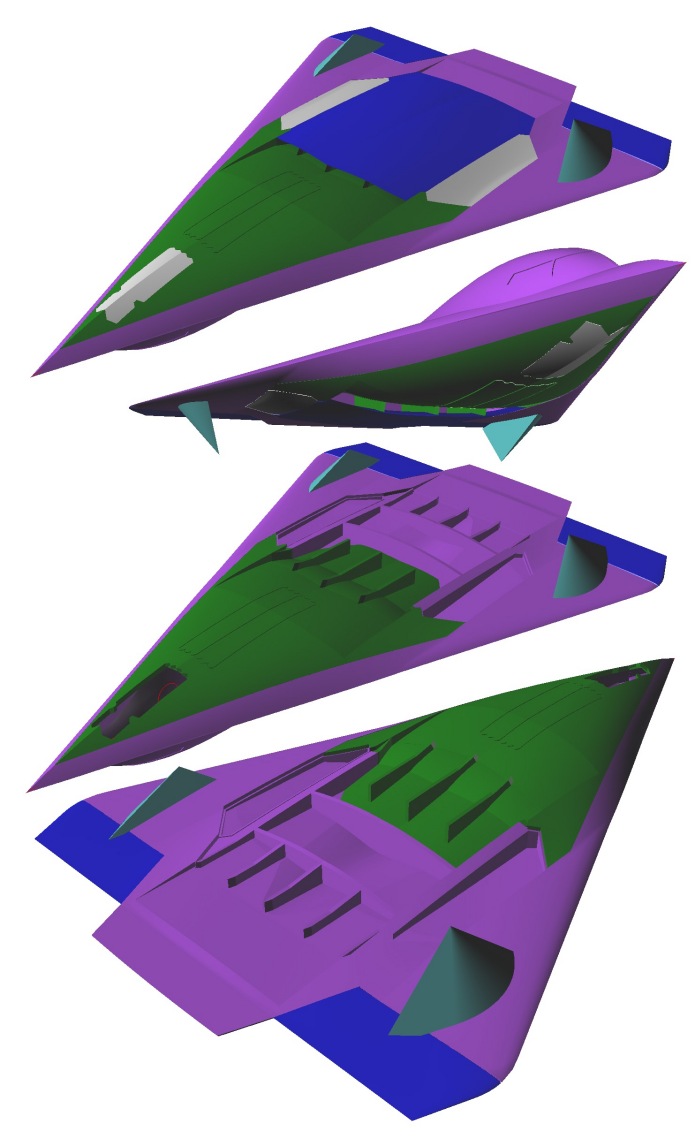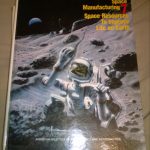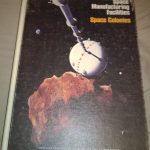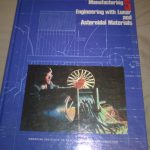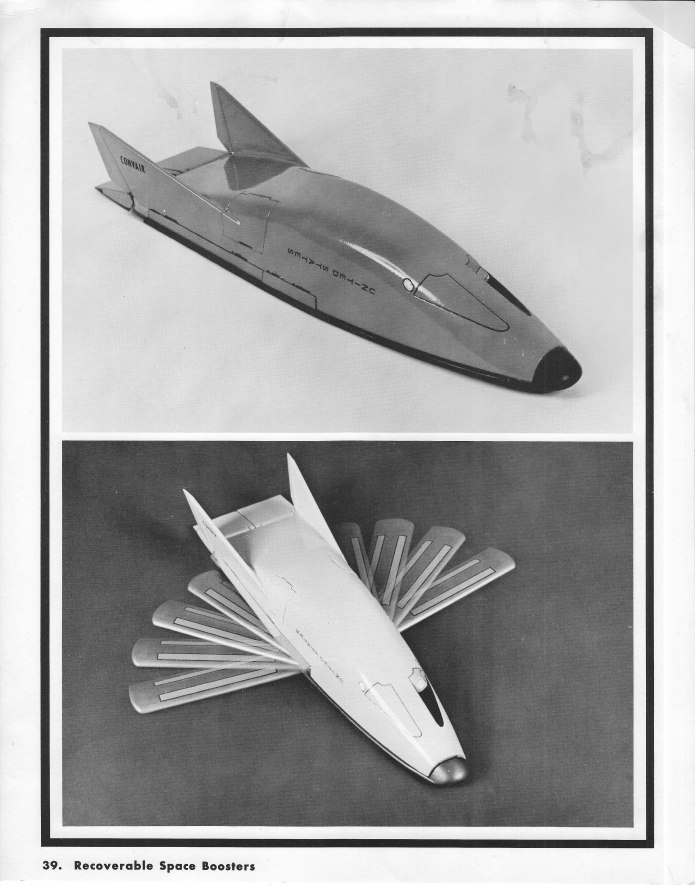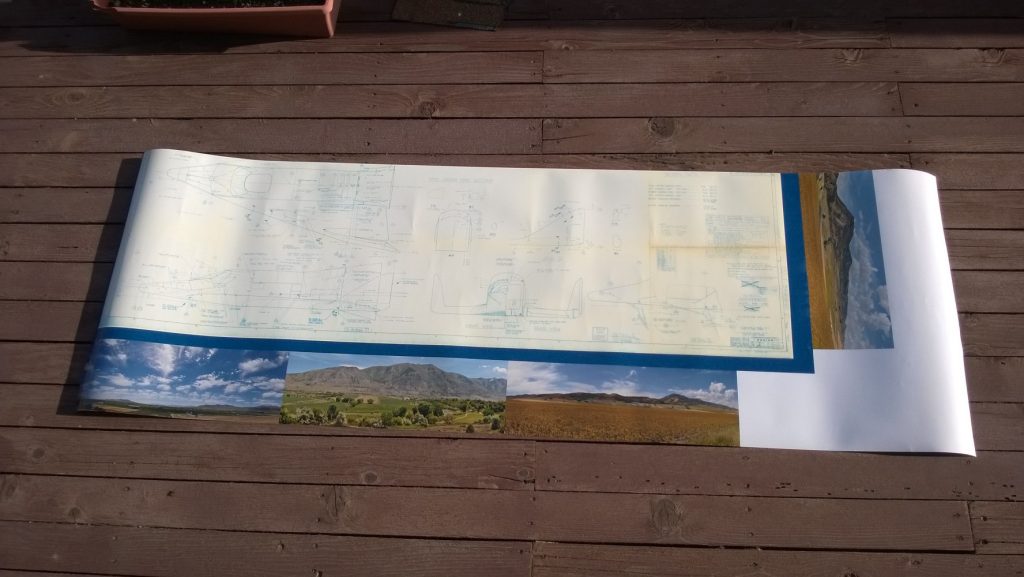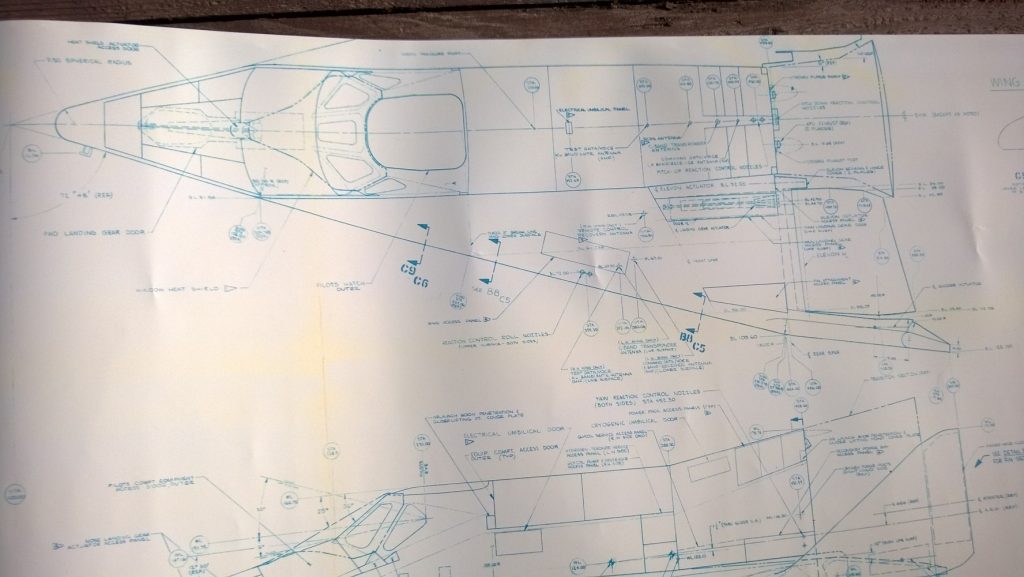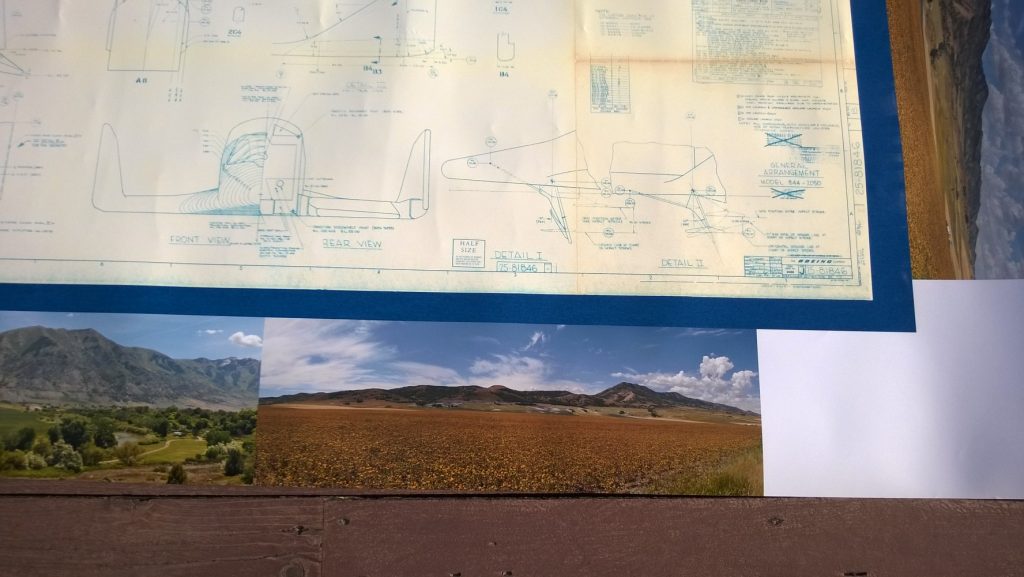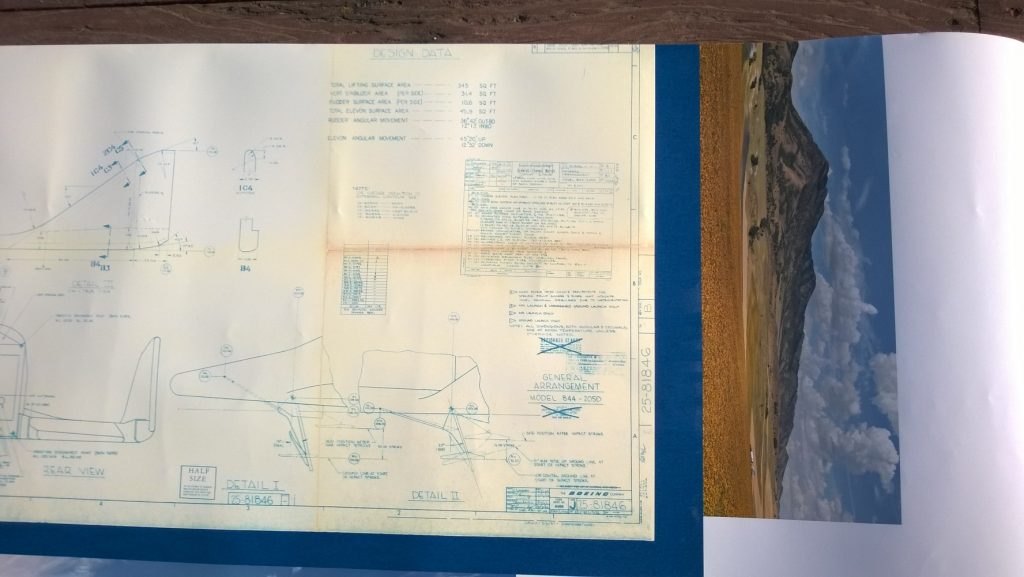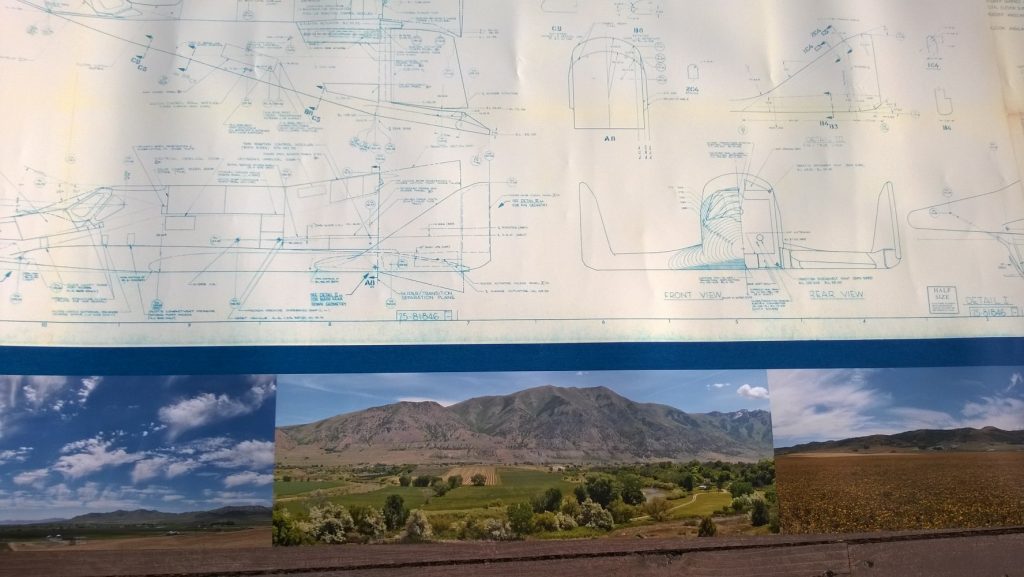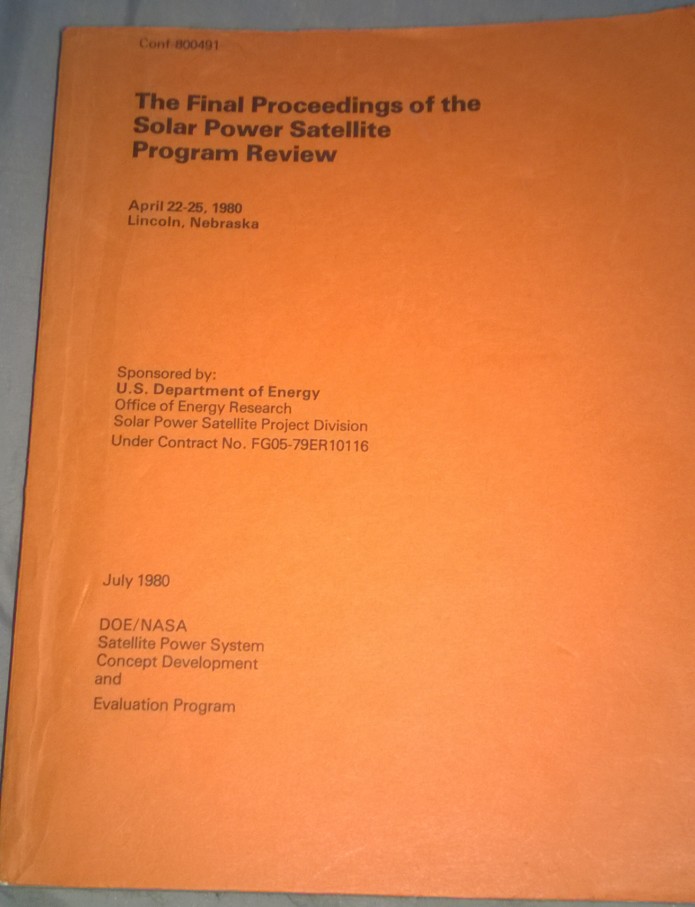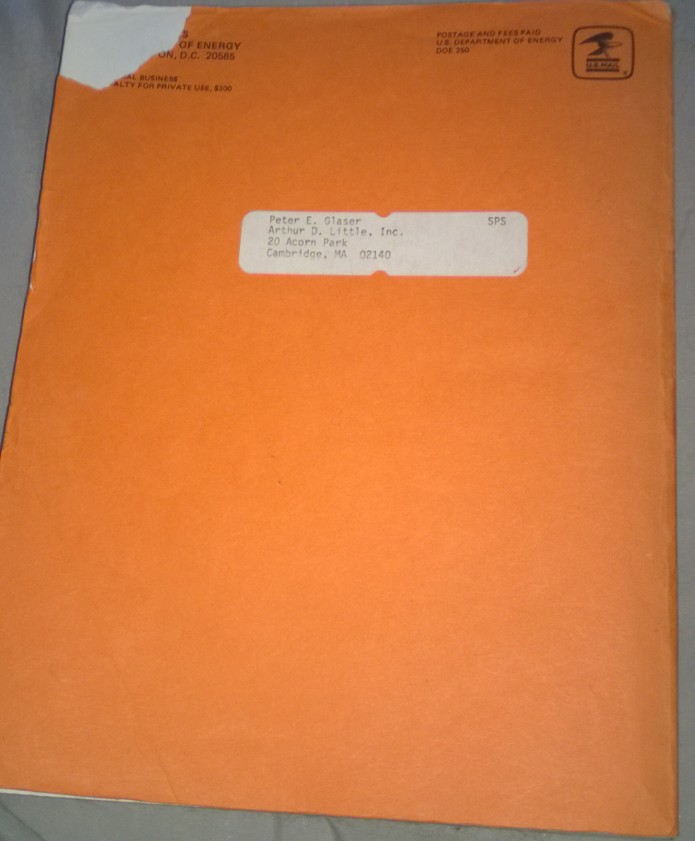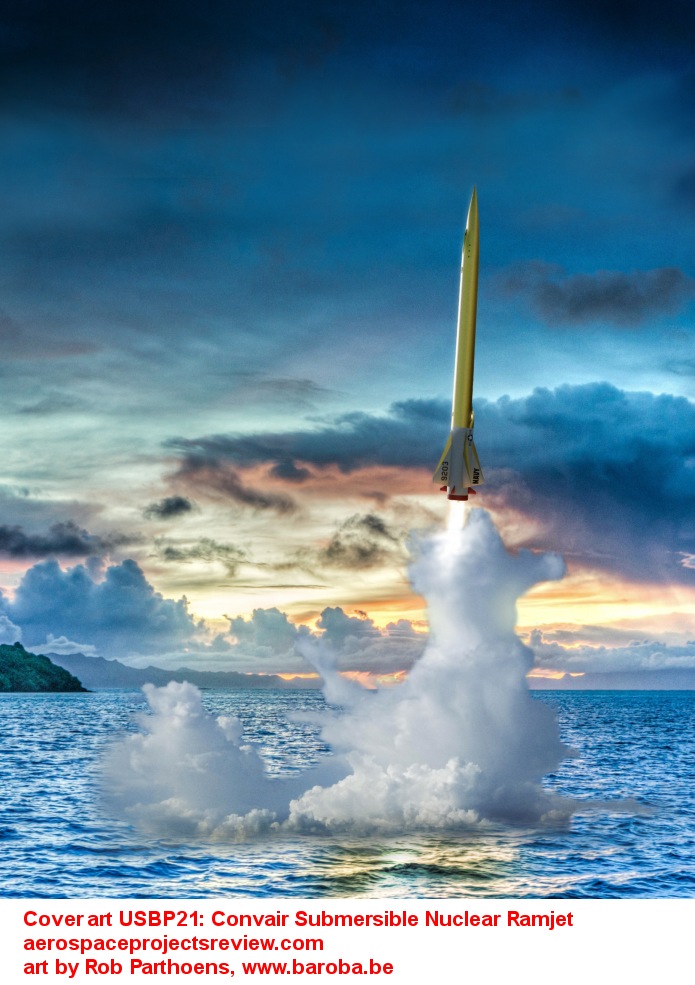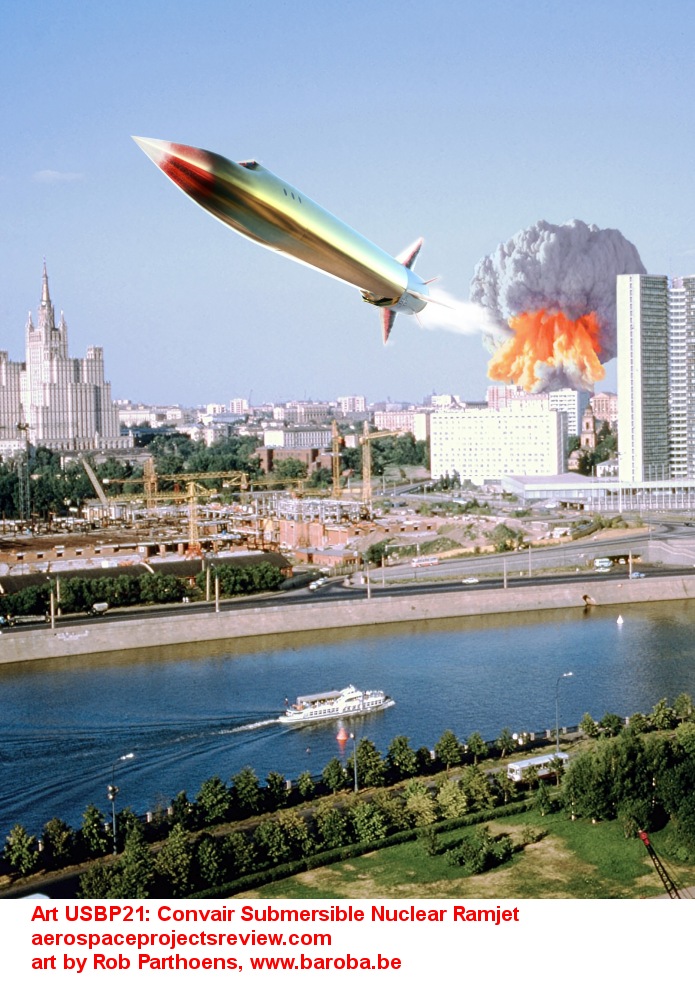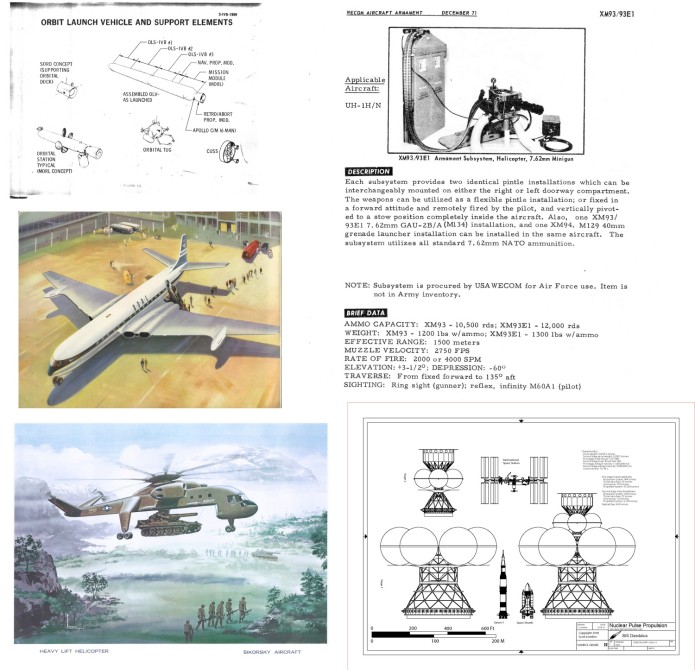This project sorta fell by the wayside, but it’s now approaching completion.
A set of books, being sold as a lot. The prices in parentheses are what they seem to be going for on Abebooks.
“Space Colonies, a CoEvolution Book,” published in 1977 by the Whole Earth Catalog. Filled with technical information an papers, but also a lot of terribly 1970’s semi-hippie cartons and such. Paperback, in pretty good shape. ($20)
“Space Manufacturing Facilities – Space Colonies,”published in 1977 by the AIAA. Hardbound, cover’s a bit scuffed, but the book itself is quite good. ($40 to over $500… go figure)
“Space Manufacturing 5 Engineering with Lunar and Asteroidal Materials,” published in 1985 by the AIAA.Hardbound, good shape. ($25)
“Space Manufacturing 7 Space Resources to Improve Life on Earth,” published in 1989 by the AIAA. Hardbound, great shape except for some light spotting inside the front cover. ($35)
“Space Settlements A Design Study,” published by NASA in 1977. Paperback, slight scuffing on the cover but otherwise great shape. ($15)
Total, ($135). If anyone wants it, the price is $125 plus postage (media mail for cheapness, or whatever else if you want fastness). If more than one person wants the lot, I guess I’ll do a bit of an auction between interested folks. If interested, either comment below or send me an email:  I’ll give it a day or so to see who’s interested.
I’ll give it a day or so to see who’s interested.
SOLD.
Dynetics has a UAV designed to be launched from and recovered in flight by larger aircraft. The UAV looks like a cruise missile, but is meant to carry a variety of recoverable payloads such as recon, communications and targeting systems. The video below kinda buries the lede: it starts off with several minutes of “meh” computer graphics, and *then* goes to video showing that important portions of the actual systems have been built and flight tested. They don’t seem to have gone as far as in-flight recovery of powered vehicles as yet.
The recovery rate planned for 2019 seems kinda slow: 4 in-flight recoveries in 30 minutes. *Eventually* I bet AI will get good enough that the recovery system will be reduced to approximately nothing, just a net *inside* the cargo bay. The Advanced Gremlin will just fly itself right into the rear door of the C-130 and shut its engine down, perfectly timed so that it is gently snagged in a net, and then a roboarm will swiftly reach out, grab the vehicle and put it in a rack. One recovery every few seconds. A *really* advanced system would have the Uber gremlins fly themselves straight into a rack, no roboarm needed.
The Convair VL-3A was a 1966 concept for a space station logistics spacecraft. It was a sleek, flat-bottomed lifting body featuring a twin tail and flip-out wings that would deploy shortly before landing to reduce the landing speed. It would be fitted with flip-out turbofan engines for range extension, self-ferry and control during landing. General Dynamics released sizable “educational” cards with information and photos of models of the spaceplane showing how the wings would deploy from within the lower fuselage.
I have uploaded righ-rez scans of both sides of this poster-sized card to the 2018-05 APR Extras folder on Dropbox for APR Patrons at the $4 level and up.
I also wrote about and illustrated the VL-3A in US Spacecraft Projects #2, showing the general arrangement of the design along with the disposable propulsion stage and the launch configuration atop the Titan III.
USSP #02 can be downloaded as a PDF file for only $6:

If you are interested in thes VL-3A model images and a great many other “extras” and monthly aerospace history rewards, please sign up for the APR Patreon. What else are you going to spend $4 a month on?
Kinda in a bit of a financial bind here, so I’m going to sell off some stuff. The first thing up: a large format print of a scan of Model 2050E X-20 Dyna Soar in the final, as-almost-built configuration. This was printed off some years ago on good quality heavy glossy photo paper; I’d always wanted to have it framed and on my wall, but never got around to it. Plus, framing it properly would be a a bit of an effort due to the size of the print, but if it was done it’d look *great.* Waste not, want not: the full rez scan didn’t quite fill out the 24-inch-wide paper, so I added in some of my Utah panoramic photos to take up some of the excess space. So with a bit of trimming, if you buy this you not only get the Dyna Soar, but some Utah as well. The whole print is I think six feet long.
UPDATE: didn’t really seem to fly off the shelves, so I’m going to slice this up and put it on ebay at some point.

Photos:
With recent hair-pulling issues, other things have fallen by the wayside of have been forgotten, ignored, etc. But this morning I noticed something vaguely interesting, if not terribly exciting.
A week-ish ago I bought a document off of eBay. Normally I wouldn’t have bought this *specific* document, because it’s available on the NASA tech report server. No point in spending money on something that’s available for free. But I bought it because the NASA PDF is, like a lot of them, scanned rather poorly, especially the art and diagrams. The intent is to scan the graphics from this and make it available to APR Patrons. The document is a 1980 DOE/NASA conference proceedings on the solar power satellite program.
The document is in fairly good shape except for a torn-off corner on the aft cover:
I saw the mailing label on the aft cover. The conference proceedings were originally mailed to one Peter Glaser of Cambridge, Massachusetts. Something about the name seemed familiar, so off to Wikipedia. Turns out he has his own entry:
Peter Edward Glaser (September 5, 1923 – May 29, 2014) was a Czechoslovakian-born American scientist and aerospace engineer. He served as Vice President, Advanced Technology (1985–94), was employed at Arthur D. Little, Inc., Cambridge, MA (1955–94); subsequently he served as a consultant to the company (1994–2005). He was president of Power from Space Consultants (1994–2005). Glaser retired in 2005.[1]
OK, not too surprisng that the guy who originally owned this conference proceedings on the Solar Power Satellite program back in 1980 would ahve been an aerospace engineer. but here’s the one kinda interesting bit:
In 1968 he presented the concept for,[6] and in 1973 was granted the US patent on,[7] the Solar Power Satellite to supply power from space for use on the Earth.
Huh. Turns out the SPS document I just bought was originally owned by the guy who patented the SPS.
Not world shatteringly important, just kinda spiffy.
Artwork was created for USBP 21 by Rob Parthoens depicting the Convair Submersible Nuclear Ramjet launching vertically from the ocean. This is approximately the craziest design for a manned aircraft I’ve seen from the post-war period.
Be sure to check out US Bomber Projects issue 21 to read more about this design.
Artwork was created for USBP 21 by Rob Parthoens depicting the Convair Submersible Nuclear Ramjet paying a visit to 1970’s-era Moscow. If you think that this looks like Project Pluto, you’re not far off; this was also a Mach 4, treetop-level nuclear ramjet powered bomber. But there were a few minor differences. Notice that little bump above the nose? That’s the cockpit, a necessary addition because this design was manned. It was also designed to operate as a submarine, cruising the oceans of the world faster than 100 knots before launching upwards and taking flight. Because the 1950’s were rather more optimistic when it came to technological advancement.
Be sure to check out US Bomber Projects issue 21 to read more about this design.
Rewards have been issued to APR Patreon patrons for April, 2018. This month, the “Diagram” is a Sikorsky lithograph of a Heavy Lift Helicopter concept. The Documents include a US Army catalog of airborne weaponry; a paper describing possible additional missions for the Saturn launch vehicles, and BOAC brochure extolling the virtues of the Comet 4 jetliner. The CAD diagram is of the British Interplanetary Society’s “Deadalus” starship design.
If you are interested in helping to preserve (and get copies of) this sort of thing, consider signing up for the APR Patreon.
Artists are forever getting documentaries and biopics and all the rest. The problem is, it’s almost always the *crappy* artists, the ones who think that being “edgy” is more important than any actual artistic talent or skill; that offending people for political purposes is better than creating something that people will actually *like.*
Huzzah! “Artist Depiction” aims to be a series of documentaries about artists who worked for NASA during the heyday of the space colonies. These are the guys – Don Davis, Charles Lindsay, and Rick Guidice – who painted Bernal spheres, the Stanford torus, Gerard O’Neills colonies for NASA. This is being crowdfunded on Indiegogo; as I type this, it’s currently funded at $3,691 of $5,000, with 17 days to go. It certainly seems like a worthy venture.
Artist Depiction
A documentary series about NASA space art and the artists behind the depictions.
